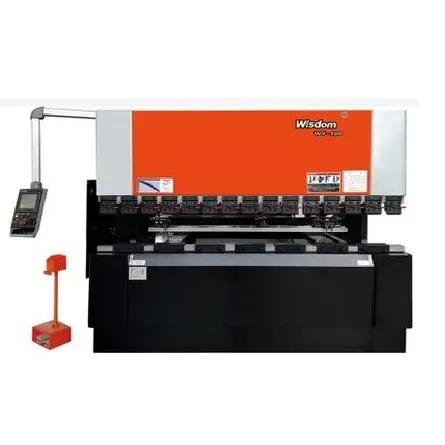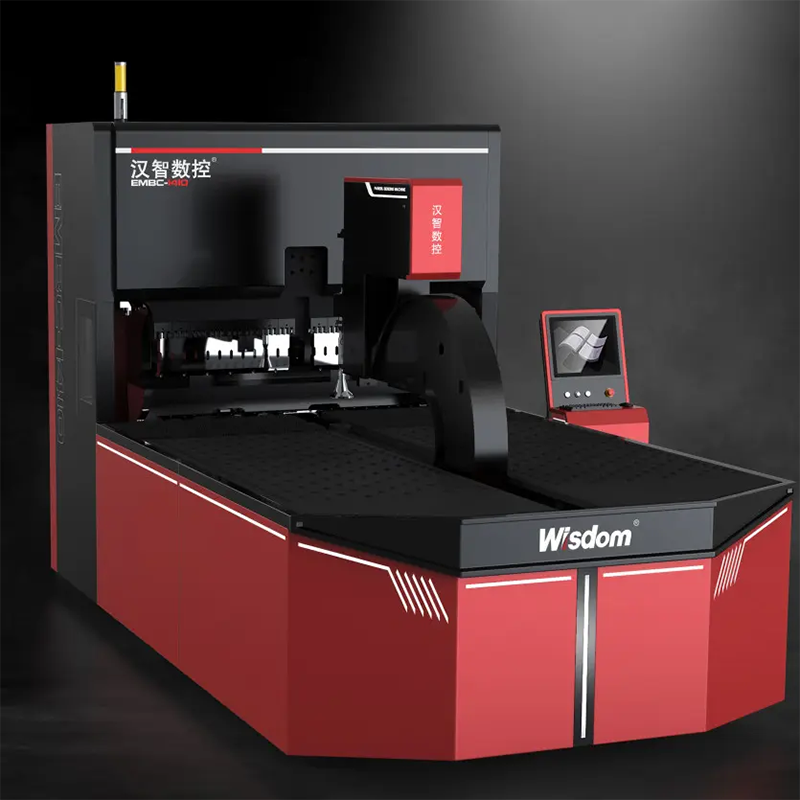Introduce:
Aluminum composite panels are a revolutionary addition to the construction industry due to their lightweight yet strong properties. The ability to bend these panels is critical to achieving unique and aesthetically pleasing designs. While there are many ways to bend, in this blog we delve into the world of manual panel benders and explore the art of bending aluminum composite panels.
Learn about aluminum-plastic panels:
Before diving into bending techniques, let’s go over the basics of Aluminum Composite Panels (ACP). These panels consist of two aluminum sheets bonded to a polyethylene core for exceptional strength and durability. Not only is ACP weather resistant, it is also highly customizable, making it the first choice of architects and designers worldwide.
Importance of curved ACP:
Curved ACP enables designers to innovate and bring creativity to life. Whether creating curves, arcs or complex structures, the ability to bend an ACP is critical to achieving the desired visual effect. From building facades to interior design elements, ACP bends open up a world of endless possibilities.
Enter Manual Panel Bending Machines:
Hand panel bender is versatile tools that are popular among professionals looking for convenience and accuracy. These tools are specifically designed to easily bend aluminum composite panels while maintaining sharp and precise angles. Hand panel benders allow artisans to control the bending process, ensuring smooth, flawless finishes.
To bend an aluminum composite panel using a manual panel bender:
1. Prepare the panels: Before bending the ACP, it is critical to accurately mark and measure the desired bend lines. This ensures that the bends align perfectly with the blueprint. Also, making sure the panels are clean and free of dust or debris will keep the bending process going seamlessly.
2. Position the panel: Once the panel is prepared, place it inside the manual panel bender, making sure the marked bend lines line up with the bend guides or clamping mechanism. Care should be taken to securely position the panels to prevent any movement during bending.
3. Apply pressure: Manual sheet metal bending machines usually use a lever system or a hydraulic mechanism. Depending on the specific tool, pressure is gradually and evenly applied to the panel, starting the bending process. Proper pressure must be applied to avoid deformation or damage to the ACP.
4. Adjust the bend: The hand panel bender allows manual adjustment to achieve the desired angle or curvature. By carefully following the marked bend lines and using the bend rail as a guide, craftsmen can easily achieve precise bends.
Advantages of hand panel bender:
Using a hand panel bender offers several advantages to professionals working with aluminum composite panels. First, these tools are portable and easy to operate, and can be flexibly adapted to various project scenarios. Additionally, bending aluminum composite panels are affordable and reduce reliance on heavy machinery, making them a cost-effective choice for smaller projects or on-site bending requirements.
In conclusion:
Aluminum composite panel bending using a manual panel bender is an art that requires skill and precision. The combination of the lightweight but strong ACP with the user-friendly manual panel bender opens up endless possibilities for architects, designers and craftsmen to create visually stunning structures. Through careful measurement, positioning and application of pressure, manual panel benders enable professionals to shape ACP seamlessly, elevating the world of architectural design.
Post time: Aug-09-2023


